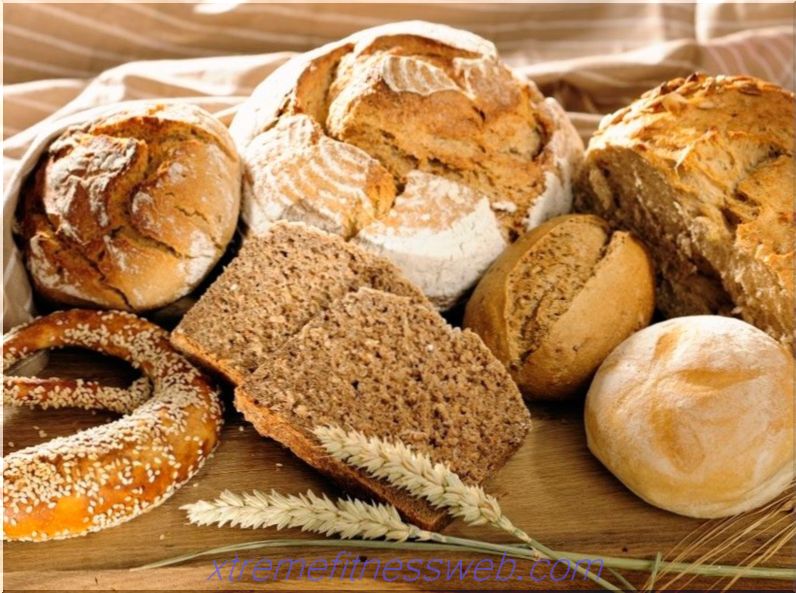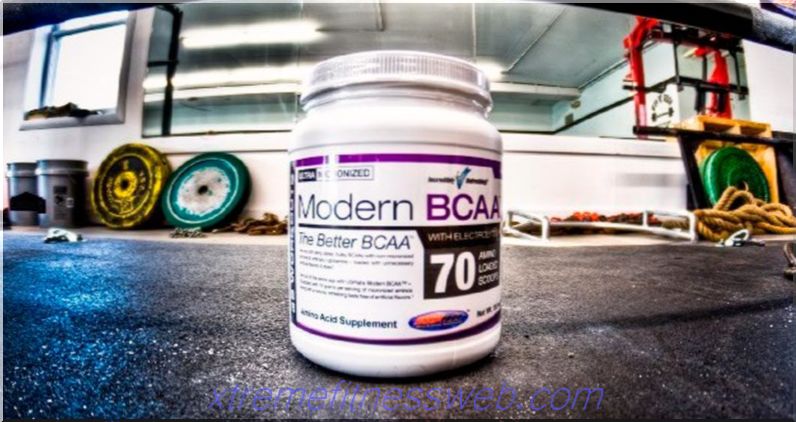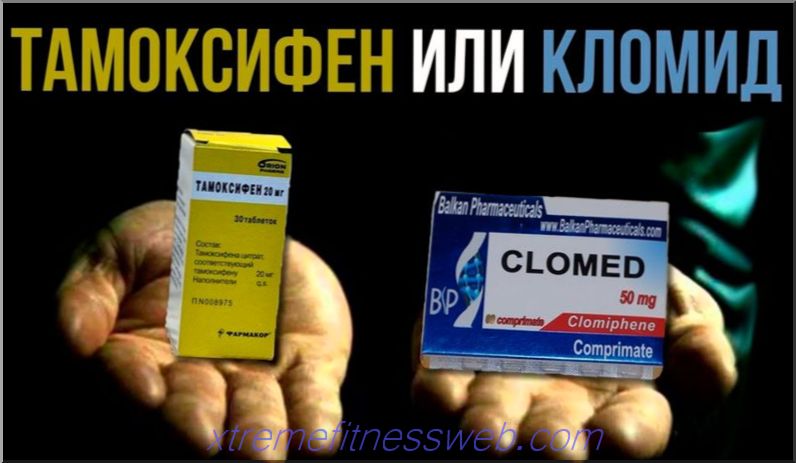- The daily requirement of the body for iron
- High Iron Food List
- Iron Products Table
- What affects the absorption of iron
- How to determine the lack of iron in the body

Overweight is not always associated with a predominantly sedentary lifestyle and banal overeating. There are many girls who visit the gym and adhere to a diet, but can not lose weight. The reason for this is often a deficiency of iron, a microelement that has a direct effect on the metabolism and function of the thyroid gland. If such a problem takes place, the efforts that are being made do not just not produce any results, but, on the contrary, lead to an even larger set of extra pounds.
Iron is an essential trace element responsible for many important functions for the human body. Its excess and deficiency negatively affect health and well-being. Both conditions are a deviation from the norm, but most often people suffer from a deficiency of this trace element.
Content
- 1 The role of iron in the human body
- 2 Daily requirement of the body for iron
- 3 High Iron Food List
- 4 Table of products containing iron
- 4.1 Animal products
- 4.2 Vegetable products
- 5 What affects the absorption of iron
- 6 How to determine the lack of iron in the body
- 7 What causes a decrease in iron "> The role of iron in the human body

The trace element under consideration is a substance that is responsible for the level of hemoglobin. Iron is an integral part of a huge number of enzymes and performs a large number of important functions:
- oxygen transportation to tissues, cells, organs;
- blood formation;
- DNA production;
- the formation of nerve fibers and the growth of the human body;
- maintaining the life of each individual cell;
- providing energy metabolism;
- participation in the redox reaction.
In addition, the trace element is responsible for the protective functions of the body and other equally important processes. Of particular importance is iron for a woman during the period of bearing a child, since this time is characterized by a maximum need for a substance. Its deficiency leads to very serious adverse consequences.
The daily requirement of the body for iron

The normal content of trace elements in the body is from three to four milligrams. The bulk of the substance (approximately 2/3) is concentrated in the blood. The remaining concentration of iron is concentrated in the bones, liver, and spleen. A decrease in the level of a trace element occurs for natural reasons - menstrual cycles, sweating, exfoliation of the dermis. If there are no foods rich in iron in the diet, this inevitably leads to a deficiency of the substance, since the expended reserves are simply not replenished. To maintain the trace element at the required level, about 10-30 milligrams of this compound should come from the daily diet.
The exact amount depends on age, gender, and other related factors:
- children under 13 years old - from 7 to 10 mg;
- male adolescents require 10 and 18 mg female;
- men - 8 mg;
- women - from 18 to 20, and during pregnancy - at least 60 mg.
Failure to comply with the daily intake of iron leads to disruption of many functions, which affects even the appearance. Not always a poor condition of the skin and hair is associated with age or improperly selected cosmetics. And, thinking about buying another jar of expensive cream, you should look at your own diet, since the problem may be precisely in the lack of iron. A particularly similar situation is relevant for those who often go on diets, wanting to lose weight, limit themselves to eating only some food, paying attention to calorie content, and not the usefulness of the composition.
High Iron Food List

The trace element is present in various foods, therefore it is heme and non-heme. The latter is found in vegetable products, and the first is of animal origin. The difference between them applies to the degree of digestibility. Iron from animal products is assimilated by 15-35, and from plant - by 2-20%. Therefore, the heme trace element should prevail in the diet and be present in sufficient quantities.
Vegetarians have a harder time than those who consume meat products daily. To correct the situation allows the use of food, which improves the degree of assimilation of iron. These foods are those that are rich in vitamin C.
The largest amount of iron is found in:
- Meat and offal. These are turkey, chicken, beef, lean pork, lamb and liver. Most iron contains dark meat.
- Seafood and fish. To compensate for the deficiency of microelements, it is necessary to give preference to the use of shrimp, tuna, sardines, oysters, shellfish, mussels, as well as black and red caviar.
- The eggs. This applies to chicken, and ostrich, and quail. Along with iron, they contain fatty unsaturated acids, vitamins, and magnesium.
- Bread and cereal. Especially useful are cereals such as oat, buckwheat and barley. A lot of iron contains wheat bran and rye.
- Legumes, vegetables, greens. The largest trace element is found in peas, beans, beans, spinach, lentils, cauliflower and broccoli, beets, asparagus, and corn.
- Berries and fruits. In this category of products, champions in iron content are cornel, persimmon, cornel, plum, apples and grants.
- Sunflower seeds and nuts. All kinds of nuts have in their composition a lot of trace elements responsible for the level of hemoglobin. They are not inferior to seeds.
- Dried fruits. A large amount of iron is enclosed in figs, prunes, raisins, dried apricots.
On a note! Not all dried fruits are healthy. Often together with valuable iron for the body, they contain harmful substances. Too beautiful and clean appearance of fruits usually indicates that they were subjected to processing, which allows unscrupulous producers to increase the shelf life of the goods.
Iron Products Table
A more specific idea of how many milligrams of iron a particular product contains is given by tabular data. If you analyze the information that is indicated in them, it becomes clear that the highest concentration of trace elements per 100 grams of product falls on chicken and pork liver, as well as mollusks. Bran, soy, and lentils are slightly inferior, but the amount of substance absorbed from them is two lower.
Animal products

The product's name Iron content in mg per 100 g pork liver 20, 2 chicken liver 17.5 beef liver 6.9 beef heart 4.8 pork heart 4.1 beef meat 3.6 lamb meat 3, 1 pork meat 1.8 chicken's meat 1, 6 turkey meat 1.4 oysters 9.2 mussels 6.7 sardines 2.9 black caviar 2, 4 chicken yolk 6.7 quail yolk 3.2 beef tongue 4.1 pork tongue 3.2 tuna (canned food) 1.4 sardines (canned food) 2.9 Plant Products

The product's name Iron content in mg per 100 g wheat bran 11.1 buckwheat 6.7 oatmeal 3.9 Rye bread 3.9 soybeans 9.7 lentils 11.8 spinach 2.7 corn 2.7 peas 1, 5 beet 1.7 peanut 4.6 pistachios 3.9 almond 3, 7 Walnut 2.9 dogwood 4.1 persimmon 2, 5 dried apricots 3.2 dried prunes 3 Garnet one apples 0.1 The opinion that most of the iron is found in grants and apples is not true. For 100 grams of these fruits, there are no more than 1 and 2 milligrams of a microelement.
What affects the absorption of iron

Enrichment of the diet with products with a high content of trace elements does not always allow to fill in its deficiency in the body. There is food that interferes with the absorption of the substance. It includes products with polyphenols, calcium and tannin. This fact must be taken into account by those who lack iron.
Dairy products do not have this trace element in their composition, are rich in calcium, and, consequently, lead to a decrease in the resulting substance from food. Strong tea and coffee are not the best allies of iron. Fans of these drinks should take the habit of postponing their enjoyment of a cup of invigorating coffee or tea at a later time after a meal. It is generally better to replace Coca-Cola with dried fruit compotes or rosehip decoction.
How to determine the lack of iron in the body

The lack of this microelement makes itself felt by general weakness, high fatigability, and a sharp decrease in working capacity. Blush gives way to excessive pallor. The skin becomes rough and excessively dry. Hair begins to "get out." Nails flake and break. Cracks form on the heels and corners of the mouth.
A condition in which iron is constantly lacking is called anemia. It has a negative effect not only on appearance, but also on the body. Surveys often show that even the tissues of the gastrointestinal tract become pale. This indicates an insufficient blood supply to this organ, and a similar situation is not just a deviation from the norm, but also an indicator that the normal nutrition of the internal organs is disturbed.
A lack of iron leads to the following problems:
- frequent dizziness;
- general fatigue and weakness;
- palpitations and shortness of breath, even with small loads;
- numbness of the limbs;
- trouble sleeping;
- frequent colds and vulnerability to infections;
- disruption of the digestive tract;
- suppression of appetite and difficulty swallowing food;
- desire to consume chalk or raw cereals, as well as “enjoy” the smell of paint and acetone.
In addition, as noted earlier, the condition of nails, skin and hair deteriorates. In other words, the well-being and appearance of a person leave much to be desired, which negatively affects all aspects. Of course, you cannot diagnose yourself. Only tests can establish that a person is suffering from anemia. Iron deficiency is indicated by a decreased hemoglobin level. In men, it should not be lower than 130, and in women - less than 120 grams per 1 liter of blood.
What causes a decrease in iron ">

The natural loss and replenishment of a trace element is characteristic of a healthy organism. Pathological is a condition when there is no source of iron or the assimilation of this substance does not occur. A malnutrition is most often caused by malnutrition if one is excessively addicted to strict diets or starving, as well as vegetarianism, when there are no accompanying “catalysts” for iron absorption, that is, they consume little vitamin C. A sharp drop in iron is characteristic of a heavy menstrual cycle.
Anemia of moderate, mild, severe severity, unfortunately, is quite common. About one billion of the world's population suffers from this ailment, especially adolescents, young and middle-aged women. Given that it is possible to detect anemia only through laboratory tests, you should not delay a trip to a specialist if signs of iron deficiency make themselves felt.
A critical situation is when hemoglobin drops below 100 g / l. If this is not the case, the situation can be quickly corrected. You need to adjust your diet by including iron-rich foods in your daily menu. Proper nutrition will help you recover quickly. If the decline is critical, appropriate treatment is prescribed. It’s not always enough for a person suffering from anemia to simply change his diet; often, iron supplements are also required.
To avoid such health problems, you should not neglect the norms of a healthy diet, get involved in diets and fasting. Putting the external to be harmed to the detriment of health, you can get the exact opposite effect.















